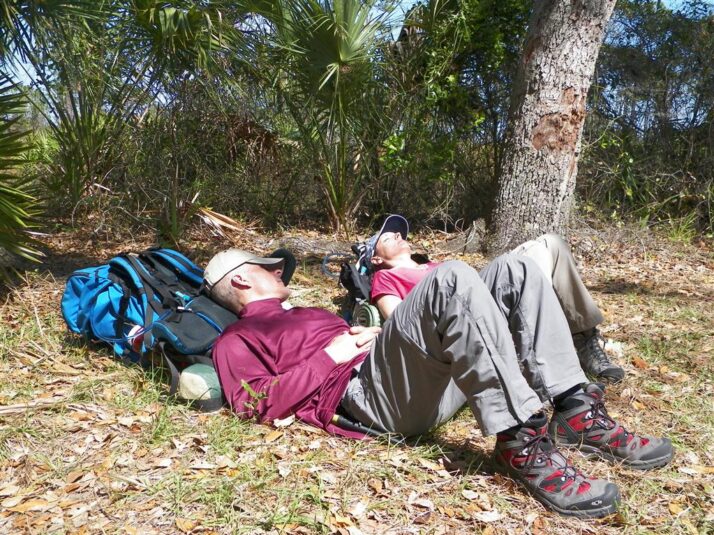How to Care for and Maintain Your Backpacking Equipment During the Off-Season
The thrill of the trail might pause during the off-season, but your backpacking gear still deserves attention. Proper care and maintenance during downtime can extend the life of your equipment, save you money, and make your next adventure hassle-free. Whether you're a seasoned hiker or a beginner camper, here’s a simple guide to storing and maintaining your gear when it’s not in use.
-
Clean Everything Thoroughly
Before packing anything away, give each item a good cleaning. Dirt, sweat, salt, and oils can damage materials over time.
- Backpacks: Empty every pocket and shake out debris. Use a soft brush and mild soap to scrub the exterior, especially the straps and padding. Let it air dry completely before storing.
- Tents and Tarps: Set them up and gently wash them with water and non-detergent soap. Don’t use harsh cleaners—they can strip protective coatings. Ensure your tent is bone dry before folding it to prevent mold or mildew.
- Sleeping Bags and Pads: Spot clean sleeping bags and, if needed, wash them according to the manufacturer’s instructions (often in a front-loading washer with gentle detergent). Air dry thoroughly or use a low-heat dryer with tennis balls to fluff it up.
- Cookware: Scrub pots, pans, and utensils with dish soap, and check for lingering food particles. Dry everything completely before packing away to avoid rust or odors.
- Water Filters and Hydration Gear: Backflush your water filters and store them in a cool, dry place. Clean hydration bladders with baking soda or vinegar and dry them with the cap off.
-
Inspect Backpacking Gear for Damage
The off-season is a great time to do a full gear check.
- Check zippers, seams, and buckles for wear or breakage.
- Examine tent poles and stakes for bends, cracks, or rust.
- Inflate sleeping pads and check for leaks.
- Sharpen any tools, such as knives or hatchets, and make sure stove components still work.
If you notice anything worn or broken, make repairs now or order replacements so you're ready when adventure calls.
-
Store Backpacking Gear Properly
Storage is just as important as cleaning. Here are a few key rules:
- Cool, Dry & Dark: Store gear in a well-ventilated area out of direct sunlight. UV rays can degrade materials even in storage.
- Loosely Packed: Avoid stuffing sleeping bags and tents tightly into their sacks. Store them loosely in breathable mesh or cotton bags to preserve loft and shape.
- Avoid Plastic Tubs: While plastic storage bins seem convenient, they can trap moisture and lead to mildew if not ventilated. Opt for shelves or breathable bags instead.
-
Recharge and Check Batteries
If you use rechargeable headlamps, GPS devices, or power banks, give them a top-off charge and store them in a cool spot. Remove batteries from gear you won't use for a while to prevent corrosion.
-
Keep a Checklist
Maintain a seasonal checklist so you never forget what needs cleaning, fixing, or replacing. This habit ensures your gear is trail-ready when the next season rolls around.
Final Thoughts
Taking care of your backpacking equipment during the off-season might not be as exciting as hitting the trail—but it's just as important. With a little care, your gear will last longer, work better, and keep you safe and comfortable on your next adventure.
At Not a Clue Adventures, we believe the journey starts long before you pack your bag. If you're new to the outdoors or looking for guidance, we offer beginner-friendly, guided adventures that include all the gear and instruction you need.
👉 Explore upcoming trips coming this fall for including Hiking, Backpacking, Kayaking, Camping and more at https://notaclueadventures.com




